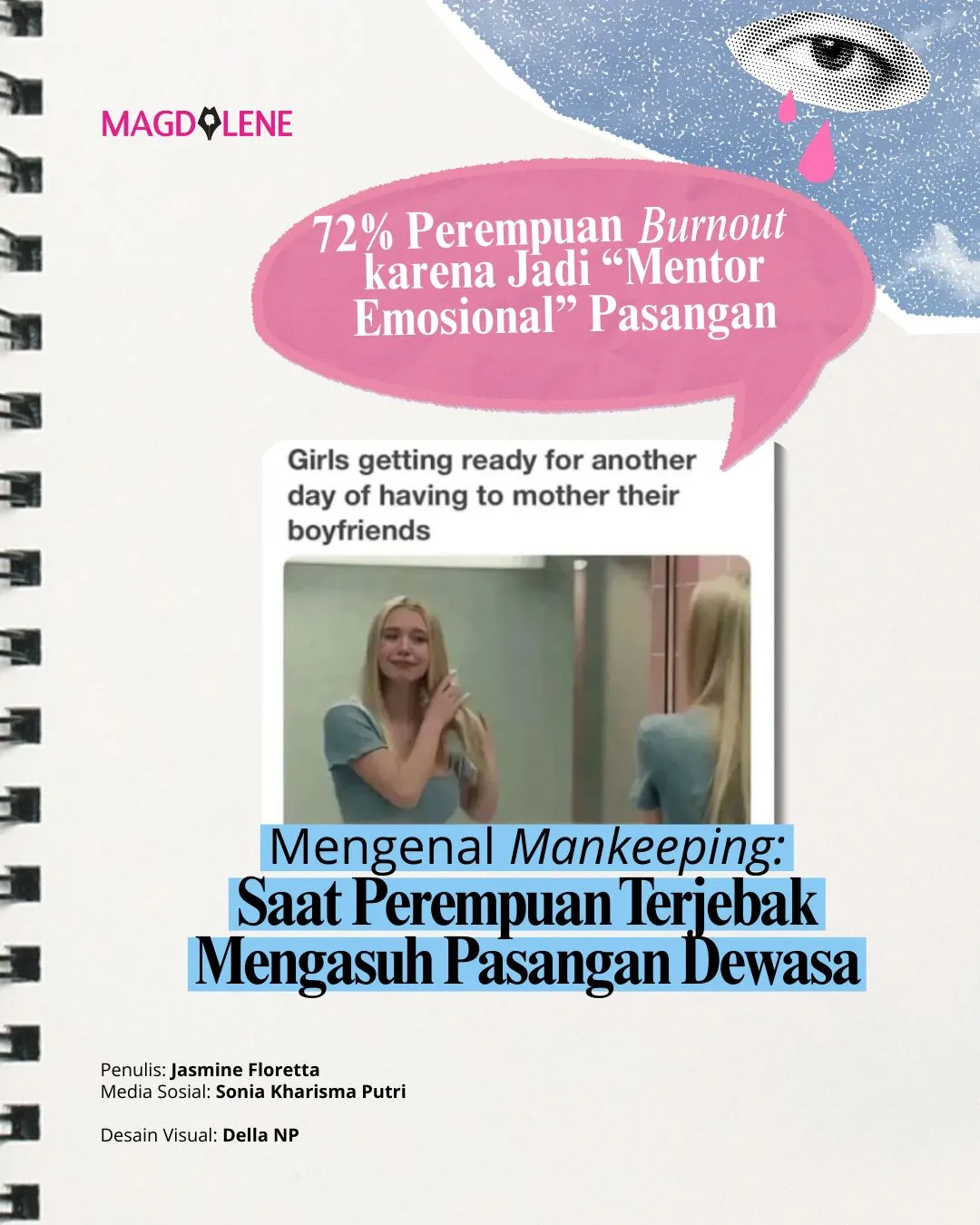The Flash Review: Michael Keaton’s Batman Is the Real Star of This Multiverse Mashup

Warning: the following article contains spoilers.
The Flash is one of DC’s most versatile superheroes. First popularised in the 1940s, the speedster’s mantle has been worn by multiple characters in the comics – most famously Barry Allen and Wally West, but also the female Flash, Chinese American Avery Ho. These Flashes have appeared not just in their own comics, but across the DC comics universe from Teen Titans to the Justice League.
Director Andy Muschietti’s new film, The Flash, is Warner-DC’s attempt to wrap up DC Extended Universe of films (DCEU) directed by Zac Snyder, which started with Man of Steel in 2013. At the same time, it is launching James Gunn and Peter Safran’s new DC Universe of film and TV as they take over as the heads of DC Studios.
Also read: Need A Mental Health Day But Worried About Admitting It? You’re Not Alone
Muschietti’s plan is to smash together – quite literally – previously unconnected film worlds from Warner-DC’s long history of superhero film and television adaptations, creating something new from everything old.
Some may see these colliding worlds as necessary to distract from the slowly amassing flow of accusations laid at the feet of The Flash’s central star, Ezra Miller. Indeed, Warner-DC has largely used another actor to promote The Flash: Michael Keaton.
Clever uses of stunt teams allow Keaton, the now 71-year-old star of Tim Burton’s Batman (1989) and Batman Returns (1992), to return to active duty as the dark knight in The Flash after a 30-year absence.
Serving the Fans
Time travel is central in The Flash. Deft storytelling uses spaghetti metaphors to explain the complexities of messing with timelines. Slipping through the flow of time using the “Speed Force” (which grants him access to extradimensional energy), Miller’s Flash goes back in time.
He saves his mother’s life, but causes a rippling impact along a multiverse of timelines that takes the Flash out of the DCEU and drops him into the world of Keaton’s Batman.
The result is by turns a bombastically nostalgic and watered-down variant on Burton’s earlier blockbuster films. The Flash relishes in nostalgically recreating Burton’s Batcave, augmenting its gothic-industrial aesthetic with CGI bats which are more reminiscent of director Christopher Nolan’s cycle of Batman films. But, The Flash also tamps down the gothic flourishes that have made Burton a world-renowned director.
Also read: How to Avoid Toxic Perfectionism When Planning a Wedding
The Batcave is explored by two versions of Barry Allen/Flash, after an accident in the time stream deposits the original Allen into an alternate world. After meeting himself, the two travel to find Batman at his home in Wayne Manor.
Discovering the Batcave, the younger version of Allen gleefully pulls a dustsheet off the Batmobile prop from Burton’s 1989 film. As he does so, he wistfully remembers seeing the Batmobile on television. Fan-serving moments like these abound as The Flash reaches out to audiences who grew up watching Burton’s Batman.
Muschietti makes great use of these nostalgic cameos. Fans of comics are also rewarded with new twists on old favourites, such as an aside to the Superman-as-Soviet-superhero comic Red Son (2003), when Batman and the Flashes go to rescue a Kryptonian held in captivity by the Soviets.
Likewise, the film’s plot borrows elements from the Flashpoint comics saga from the early 2010s. Among other scenes, these comics inspire one of the film’s more gruesome sequences, which shows the “original” Allen performing Frankenstein-like experiments on himself in an attempt to regain his powers.
These allusions, twists and borrowings culminate in a sequence of superhero cameos. As the original Allen confronts his limitations as a superhero, Muschietti places the Flash’s personal revelations against a backdrop of colliding worlds that contain what look like digitally scrolling film reels.
Baca juga: To End Violence, Men Must be Part of the Solution: Activist
These filmstrips contain past DC superhero adaptations, reminding audiences of every incarnation of the DC universe’s favourite characters, from George Reeves’s 1950s television Superman to Christopher Reeve’s 1970s and 80s Superman blockbusters.
Standing out among these myriad superheroes – the true star of The Flash, despite its title – is Keaton’s Batman. It is Keaton’s narrative arc and catchphrases (“You wanna get nuts? Let’s get nuts.”) that echo down the timelines of Warner-DC history and leave a lasting impact.
The film is even structured to give Keaton’s performance greater resonance. Early portions of sometimes silly superhero humour give way in the film’s second half, where Keaton’s razor-edged, comedic yet gothic darkness allows the film to gather emotional depth.
In mining Warner-DC’s iconic film and television history, The Flash is able to smash together a pantheon of screen superheroes. As it works to reset the core Warner-DC universe, The Flash’s colliding worlds remind audiences of why they love superheroes such as Batman and Superman in the first place. In doing so, it shifts away from the grim tone of the old DC Extended Universe, injecting hope (and humour) into the new one.![]()
This article was first published on The Conversation, a global media resource that provides cutting edge ideas and people who know what they are talking about.






















